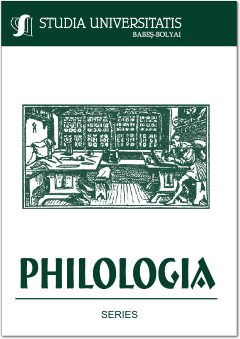THE APPROPRIATION OF SIN SAIMDANG AS A SYMBOL OF MODERNIZATION DURING THE PARK CHUNG HEE ERA
THE APPROPRIATION OF SIN SAIMDANG AS A SYMBOL OF MODERNIZATION DURING THE PARK CHUNG HEE ERA
Author(s): Codruța SîntioneanSubject(s): Cultural history
Published by: Studia Universitatis Babes-Bolyai
Keywords: Park Chung Hee; Sin Saimdang; Yulgok Yi I; commemoration practices; modernization; gender;
Summary/Abstract: The Appropriation of Sin Saimdang as a Symbol of Modernization during the Park Chung Hee Era. In the aftermath of her death, Sin Saimdang (1504-1551), mother of Neo-Confucian philosopher Yulgok Yi I, was gradually transformed into a symbol of motherhood and female domesticity, an image which, in time, overshadowed her accomplishments as a painter. Little personal details are known about her, other than the brief characterization made posthumously by Yulgok. Everything else in her biography is anecdotal and was added by Yulgok’s followers, even centuries after her death. All these layers of interpretation have made Saimdang an abstract symbol, not a real historical person. The present study investigates how this symbol was instrumented by the Park Chung Hee government (1961-1979) in order to mobilize housewives to participate in the developmentalist projects of the state. The paper argues that Sin Saimdang has been promoted by the state, with the contribution of women’s organizations, as a symbol of modernization, used in gendered national mobilization. Various commemoration practices–a memorial day and a national prize honoring Saimdang, statues erected in the 1970s, the restoration of her ancestral home–stand as evidence of the coordinated efforts made by the state and women’s associations to disseminate Sin Saimdang as a model for the modern Korean woman.
Journal: Studia Universitatis Babes-Bolyai - Philologia
- Issue Year: 65/2020
- Issue No: 1
- Page Range: 85-98
- Page Count: 14
- Language: English

